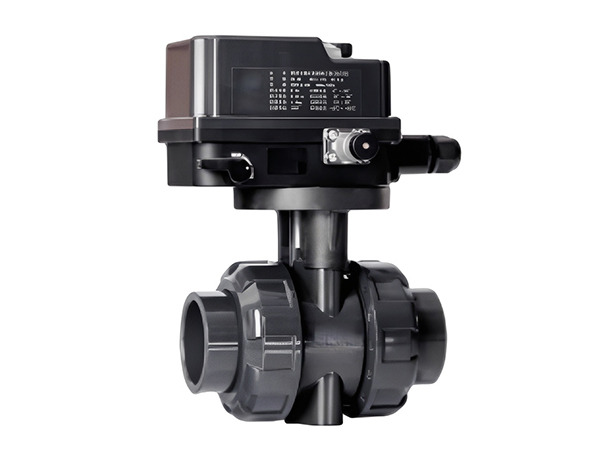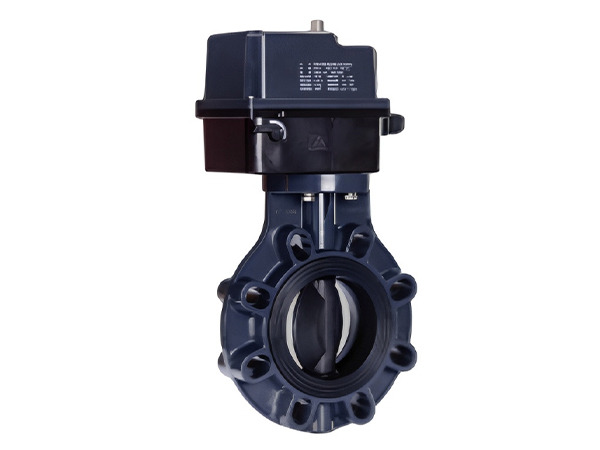
Ball valve


Ball valve

Butterfly Valve
Both ball valves and butterfly valves are quarter-turn rotary valves (90 degrees rotation from fully open to fully closed) used to control the flow of gas or liquid in pipeline systems. Due to their low cost, long lifespan, and reliability, butterfly valves and ball valves are highly favored. So how do we differentiate between ball valves and butterfly valves?
A ball valve is a valve with a hole, and rotating the valve can position the hole to be blocked, partially blocked, or fully open. The advantages of ball valves include good sealing, with virtually no leakage when fully closed. Ball valves can rotate regardless of the pressure on the supply side.
If the hole of the ball valve is larger than the inner diameter of the supply pipe, the ball valve will essentially not present pressure drop or restriction when fully open.
A butterfly valve is a disc installed on a rotating shaft. When fully closed, the disc completely blocks the flow path; when fully open, the valve disc is perpendicular to the flow of gas or liquid. One of the advantages of butterfly valves is that their manufacturing and maintenance costs are relatively low. They are the most common valves used in large-scale water supply systems (e.g., municipal water plants) and can be used for contaminated liquids, such as sewage or river water. When fully open, the butterfly valve disc remains in the flow path, so there is always a pressure drop across the butterfly valve. Additionally, if there is a large pressure difference on the butterfly valve, it may be difficult to open the valve. In some applications, a bypass valve is required to reduce the pressure difference before operating a large butterfly valve.
Butterfly valves are cheaper and lighter than other types of valves. Large-diameter butterfly valves are much smaller than ball valves. The sealing of butterfly valves is not as good as ball valves, so they are rarely used to control gas flow. Ball valves provide reliable sealing and are used in high-pressure environments, such as main steam isolation valves and drain valves in power plants.